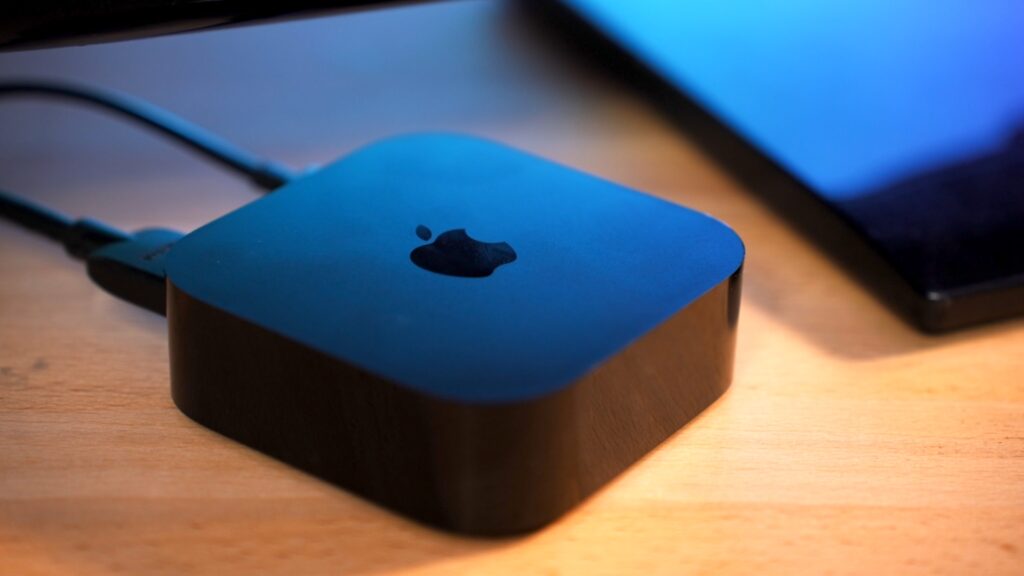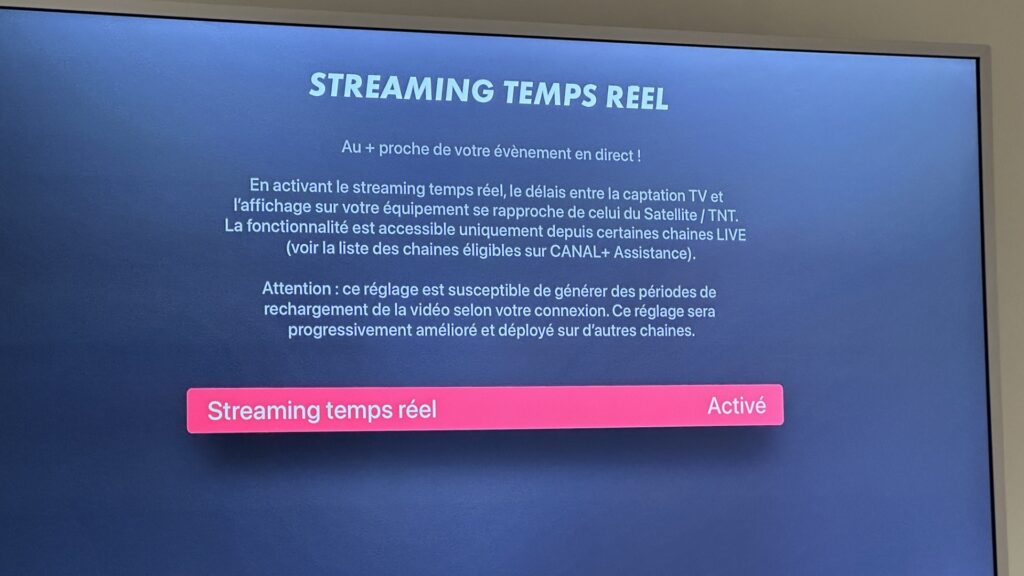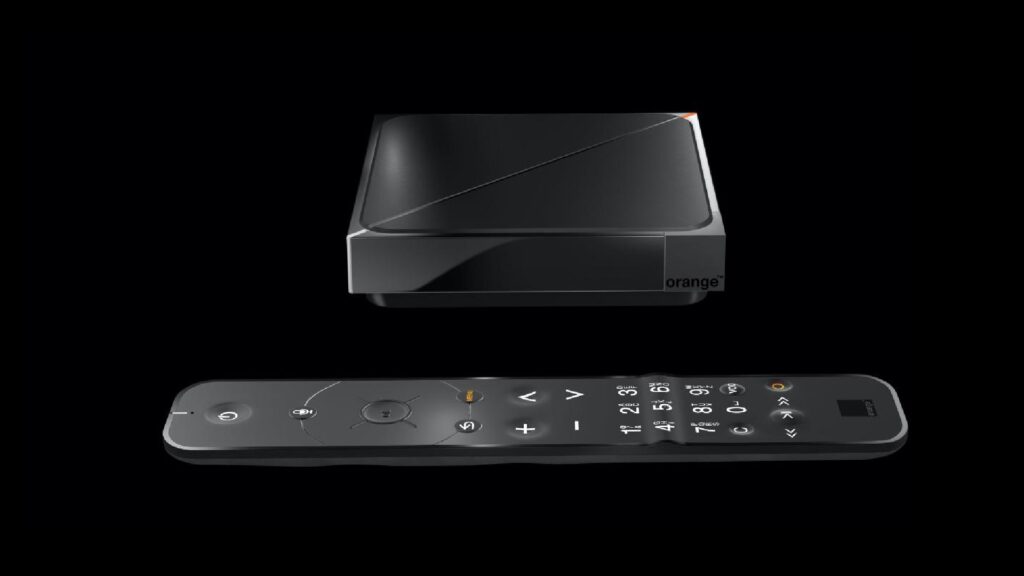To watch a football match or a live broadcast, streaming is not the preferred option. Although improvements should arrive in the coming years, “classic” television still benefits from an advance of several tens of seconds.
Should you watch television from DTT, your operator’s decoder (Orange, SFR, Bouygues, Free) or a streaming application/site on your connected TV, TV box or smartphone (myCANAL, Molotov, TF1+, M6+ …)? While each of these solutions has an advantage, not all of them are equal when it comes to live streaming. The difference from one stream to another can sometimes exceed a minute, which is enough to cause a goal to be revealed to your neighbors or a notification from your smartphone.
Before watching an important event (we’re talking about sport, but it also applies to a TV show or a ceremony), it is better to know the specifics of the different technologies on the market.
Who is more “live” between TNT, boxes and streaming?
To avoid spoiling a football match, here is the ranking of the solutions with the least latency (the time between the event and its television broadcast):
| Delay on live | |
|---|---|
| TNT | ≈ 5 seconds |
| Operator box/satellite | ≈ 5 seconds |
| Streaming “Low Latency” | ≈ 10 seconds |
| Streaming app (myCANAL, Molotov) | ≈ 40 seconds |
| Illegal streaming / IPTV | ≈ 60 seconds |
Ranking between solutions is not easy, since the margin of error can vary. In the case of streaming, we accumulate several 6-second segments. Depending on your luck, you can therefore be between 30 and 50 seconds late.
To watch a match as live as possible, it is better to go through TNT or its operator. Streaming may be mandatory in certain cases (it is the only one to broadcast 4K HDR streams during Euro 2024 or the Champions League in Dolby Vision/Atmos), but still has greater latency than TNT. If your neighbors or the bar downstairs are tuned to a TNT channel, they will know the outcome of the match before you.
Why is streaming late?
Watching streaming television has advantages (the applications are more complete, work on several devices, offer rewinding, can display statistics on the match and have multi-live…), but is not ideal for watching a live match.
The operation of the streams necessarily causes a delay in reality when watching a television channel from an application or a website. myCANAL, Molotov, Prime Video, Orange TV, SFR TV, Free OQEE and other applications dedicated to television in France suffer from this problem, as do the apps and sites of the channels themselves (TF1+, france.tv, M6+…).
To understand this phenomenon, you first need to understand how a live stream works. Several specifications exist (HTTP Live Streaming, DASH, etc.), but all are based on an identical concept. Namely segments of several seconds downloaded in cache on your device, in order to give the illusion of a live broadcast (yes, real live does not exist).

Typically, operators cut live streams in 6 second chunks (this is particularly the case for Canal+). The moment the user selects a channel, the device queries the server for the number of segments available in cache. It downloads at least two, in addition to the one just before (while a new one is generated).
We therefore have, including the margin of error, a minimum delay of 12-18 seconds. To these seconds of delay are added the duration of exporting the segments, their sending to the servers, the start of the broadcast by the application and, of course, the time it took for your Internet connection to intercept a signal. Theoretically, the delay in reality should be just over 20 seconds. In reality, it generally reaches the 40 seconds. Often because of caching and processing times.
How long is this delay actually lasting? It’s impossible to say. Although some believe that an accurate ranking can be established, they do not take into account the margin of error due to when one connects to a channel. Two people connecting to the same application in the same place, 1 millisecond apart, could be several seconds apart (6, logically). Same thing with two different applications, myCANAL and Molotov can, each in turn, get ahead of the other.


Is streaming doomed to be late? Hopefully not. New technology players are rushing to improve the process to reduce the delay. “Low latency”, which Canal+ translates as “real-time streaming” (and which is also found on Twitch), allows certain channels to drastically reduce the delay of a live stream (this is an option to activate in the settings, but not all devices are compatible). Unfortunately, it is limited to certain channels like Canal+ and beIN Sport.
When enabled, 6 second segments become 2 second segments (they merge later). This allows, if we follow the same reasoning (two in cache + margin of error), to have a theoretical delay about 6 seconds. The reality is often more around 10 seconds, but it is much better than with a classic stream.


In the future, Apple, Google, Amazon and other tech giants hope to make streaming even faster. One day, it will undoubtedly be almost live thanks to segments in milliseconds.
Why are TNT and operators better?
To get as close as possible to real live television, “old-fashioned” television (TNT, satellite, etc.) remains the best option. For what ? Because these are not segments downloaded locally, with caching, but the playback of a stream actually broadcast live, like radio. This removes a lot of complexity from broadcasting, even if the options are fewer.
What about Livebox (Orange), Freebox (Free), Bbox (Bouygues) and SFR Box? All of them already have the particularity of being able to be connected to a DTT tuner, which allows them to enjoy the same stream as your normal television. Otherwise, they can go via the Internet… but without delay.


The technology used by the operator is called non-adaptive multicast streaming. Like TNT or satellite, it is a continuous stream. The box connects to it via the Internet, then stays there. The delay is equivalent to that of TNT, namely about 5 seconds. It’s the best on the market. It should be noted, however, that a small gap exists between each operator, since they all have their own servers.
Why don’t myCANAL, Molotov and Prime Video use it? Quite simply because this technology is only good for one thing, namely live streaming:
- Non-adaptive multicast streaming makes zapping between channels slow, since you have to intercept a signal and stay on it.
- In the event of a brief network outage (or drop in speed), it is generally a black screen. It is not capable of automatically returning live.
- For security reasons, it is usually partitioned to a single device and a local network. If you connect to another Wi-Fi, it doesn’t work.
- Live control is not possible with this technology. Some operators offer pausing, with local caching. Others then switch to a classic streaming stream when going back, with a delay. It’s the illusion of live control, but it’s actually a change in technology.
To watch a football match, however, nothing beats classic broadcasting. Even if it is less complete than streaming (no access to statistics, no live control, no multi-live), it allows you not to be late.
Subscribe for free to Artificielles, our newsletter on AI, designed by AIs, verified by Numerama!

